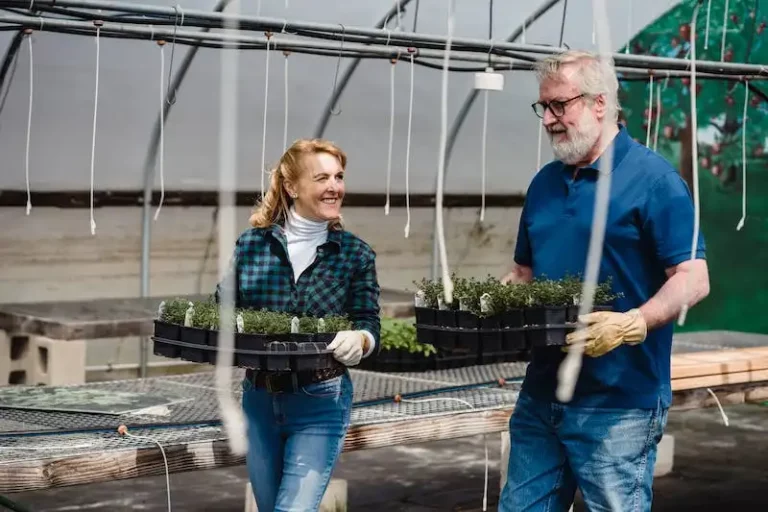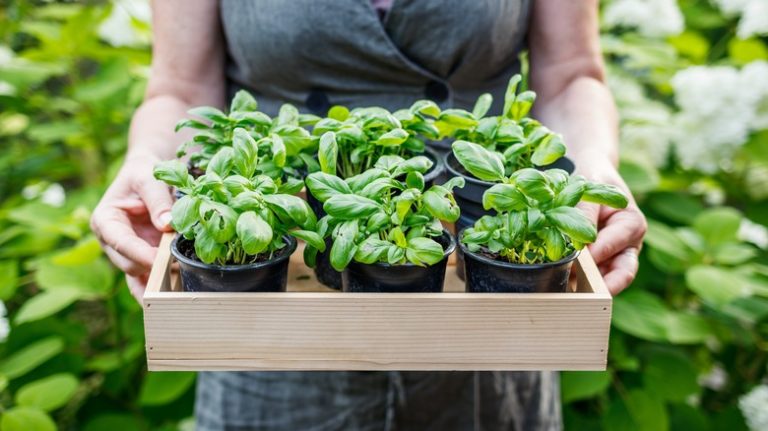Welcome to the Prodigy Game Wiki, your ultimate source for information on all things related to Prodigy Game. Whether you’re a seasoned player or just starting out, this wiki is here to provide you with everything you need to know about the game.
Prodigy Game is an educational online game that engages students in a fun way while teaching them math concepts. In the game, players create their own character and embark on a magical adventure where they solve math problems and battle monsters. The game features a wide variety of characters, each with their own unique abilities and strengths.
One of the most popular characters in Prodigy Game is Chlorophytum. With its leafy appearance and bushy habit, Chlorophytum is a fan favorite among players. Another popular character is Sugar, a fuzzy and cute creature that loves to dance and play. Fatsia, with its large, dark green leaves, is also a popular choice.
The game also features a variety of plants and shrubs, such as Lemon Spathiphyllum and Witherod. These plants not only add beauty to the game, but also provide important resources for players to use in their quests. Players can collect flowers and leaves from these plants to craft potions and other items.
Whether you’re looking for tips on how to play the game or information on specific characters and items, the Prodigy Game Wiki has you covered. With detailed guides and helpful articles, you’ll be able to navigate the game with ease and improve your skills.
So dive in and explore the world of Prodigy Game with the help of the Prodigy Game Wiki. Whether you’re a student, teacher, or just a fan of the game, you’ll find everything you need to know right here. Happy gaming!
Butterfly Bush
Butterfly Bush is a play and showy flowering plant that is native to several regions in Asia. It is known for its invasive nature and bushy growth habit. Its botanical name is Buddleja davidii.
| Classification | |
| Kingdom | Plantae |
| Family | Scrophulariaceae |
| Genus | Buddleja |
| Species | davidii |
Description and Care
The Butterfly Bush is a tall, upright shrub that can grow up to 11 feet in height. It has long, arching branches that are covered in lance-shaped leaves. The foliage is usually green, but there are cultivars available with variegated leaves, such as ‘Crystalina’ and ‘Henry’s Honey’.
The flowers of the Butterfly Bush are arranged in long, conical clusters that come in a variety of colors, including purple, pink, white, and orange-red. The blooms are highly attractive to butterflies, hence the name of the plant.
The Butterfly Bush is a hardy plant that is relatively easy to care for. It prefers well-drained soil and should be watered regularly, especially during dry periods. Pruning is recommended in late winter or early spring to promote bushier growth and more abundant flowering.
Availability and Zone
The Butterfly Bush is commonly available at nurseries and garden centers. It can be grown in USDA hardiness zones 5 to 9.
Trivia
– The Butterfly Bush is also known as summer lilac, butterfly bush, and orange eye.
– It is native to China, Japan, and other parts of Asia.
– The flowers of the Butterfly Bush are edible, and they can be used to make a sweet syrup.
– There are many cultivars of Butterfly Bush available, with variations in flower color and size.
Planting Advice
– It is best to plant Butterfly Bush in a sunny location, as it prefers full sunlight.
– The soil should be well-drained and fertile.
– The Butterfly Bush is drought-tolerant once established, but it should be watered regularly during dry spells.
– Pruning should be done in late winter or early spring to promote new growth and maintain a compact shape.
Butterfly Bush is a popular choice for attracting butterflies and other pollinators to the garden. Its showy flowers and sweet fragrance make it a charming addition to any landscape.
How to Plant Grow and Care for Butterfly Bushes
Butterfly bushes, scientifically known as Buddleia davidii, are beautiful flowering plants that attract butterflies and other pollinators to your garden. Native to Asia, these plants are now grown all over the world for their stunning blooms and sweet fragrance.
Here are some essential tips on how to plant, grow, and care for butterfly bushes:
Planting
Choose a sunny spot in your garden to plant the butterfly bush. These plants thrive in direct sunlight and need at least six hours of sunlight per day.
Prepare the soil by loosening it with a garden fork or a tiller. Add compost or well-rotted manure to improve the soil’s fertility and drainage.
Dig a hole that is twice as wide and deep as the butterfly bush’s root ball. Place the plant in the hole, making sure that the top of the root ball is level with the ground. Backfill the hole with soil and press it firmly around the roots.
Growing and Care
Water the butterfly bush regularly, especially during dry spells. These plants need moist soil to thrive, but be careful not to overwater them, as this can lead to root rot.
Apply a balanced fertilizer, such as a 10-10-10 or 14-14-14 formula, in early spring and again in mid-summer to promote healthy growth and abundant flowering.
Prune the butterfly bush in late winter or early spring before new growth begins. Remove any dead or damaged branches and thin out the larger stems to maintain a neat and tidy appearance.
Protect the butterfly bush from frost and cold temperatures by covering it with a layer of mulch in late fall. This will help insulate the roots and protect the plant during winter.
Care Tips
Butterfly bushes are low-maintenance plants, but they benefit from regular care and attention. Here are some additional care tips:
- Deadhead the spent blooms to encourage continuous flowering throughout the summer.
- Monitor the plant for any signs of pests or diseases, such as aphids or powdery mildew. Treat any issues promptly to prevent them from spreading.
- Divide mature butterfly bushes every three to four years to rejuvenate the plant and promote healthy growth.
- Consider companion planting with other butterfly-attracting plants, such as daisies, lavender, or milkweed, to create a pollinator-friendly garden.
By following these tips, you can enjoy the beauty and fragrance of butterfly bushes in your garden while providing a valuable food source and habitat for butterflies and other pollinators.
Source: https://www.prodgy.com/butterfly-bush-care
Sign up for daily gardening advice and tips
Are you a gardening enthusiast looking for some expert advice and tips to make your garden thrive? Look no further! Sign up now to receive daily insights and recommendations for creating a beautiful and flourishing garden.
At Prodigy Game Wiki, we understand the joy and satisfaction that comes from nurturing plants and watching them grow. Whether you have an indoor garden or an outdoor landscape, our daily gardening advice and tips will help you make the most out of your gardening experience.
Take advantage of our extensive knowledge and discover techniques and tricks that will have your garden blooming with colors all year round. From the essential care tips for popular plants such as roses and lily-of-the-valley to the intricacies of growing rare species like the Swiss banana tree, we cover it all.
Our daily gardening advice will inform you about the best time to plant certain crops, how to prepare your garden for winter, and what shrubs and trees will thrive in your zone. We even delve into the history and appearance of different plants, showcasing examples such as Monet’s garden and the mesmerizing colors of the spider flower.
Don’t worry if you’re a beginner gardener – we’ve got you covered too! Our tips cater to gardeners of all levels, providing step-by-step instructions for creating a beautiful garden scape. You’ll learn about introductory plants like the versatile Pachira Aquatica and the low-maintenance Benjamin Fig tree.
Sign up now and enter a world of greenery and sunshine – a place where your gardening knowledge will flourish! Never miss out on the opportunity to improve your garden and make it thrive. Join our community and receive daily gardening advice and tips straight to your inbox. Happy gardening!
Prodigy Game Wiki
Welcome to the Prodigy Game Wiki! Here you can find information on various plants and tips for successful gardening in the game.
- The Begonia is a bushy plant that can be grown in shaded areas and is perfect for edging borders.
- The Summersweet, also known as Clethra, is a plant that needs full sun and is essential for your garden.
- The Sharon Plant is a palm-like plant that is perfect for indoor gardening.
- The Indian Lilac is a low-maintenance plant that can be grown in both shaded and sunny areas.
- The African Cane is a plant that needs daily watering and is perfect for indoor plantings.
- The Kentia Palm is a low-maintenance plant that can be grown indoors and outdoors.
- The Schefflera, also known as the Umbrella Tree, is a larger tree-like plant that is suitable for both indoor and outdoor gardens.
- The Ficus is a popular houseplant that can be grown in various settings.
- The Pachira is a plant that is often grown for its braided trunk and is suitable for indoor gardening.
- The Elephant Ears plant is a low-maintenance plant that grows well in shaded areas.
- The Winter Candytuft is a hybrid plant that blooms in early spring and is perfect for borders and edging.
- The Withrod is a plant that can be invasive if not properly controlled.
- The Bush Wallflower is a plant that is perfect for growing in southern gardens.
- The Perfecto Plant is a versatile plant that can be grown in both sunny and shaded locations.
- The Prodigy Game Wiki provides information on many other plant species, so be sure to check it regularly for updates and new additions!
Experience the legend of Prodigy Game and explore the world of gardening with these plant examples and tips. Whether you’re a beginner or an experienced gardener, there’s something for everyone in Prodigy Game Wiki’s extensive plant library.
Bushy Plant
A bushy plant is a type of shrub or small tree with a dense and compact growth habit. It is characterized by its bushy appearance, with multiple branches and foliage that create a full and rounded shape.
There are many types of bushy plants that are commonly found in gardens and landscapes. Some examples include the Ficus bushy plant, the Butterfly bushy plant, the Dwarf bushy plant, and the Bushy rose plant.
Bushy plants are known for their ability to tolerate a range of growing conditions, including different levels of sunlight, soil types, and temperatures. However, most bushy plants prefer full or partial sunlight and well-drained soil.
One popular bushy plant is the Bushy azalea, which is known for its masses of colorful flowers that bloom in the spring. Another example is the Bushy violet, which is a small bushy plant that produces vibrant purple flowers.
Some bushy plants, like the Prodigy bushy plant, have a unique feature. They have the ability to attract butterflies to the garden with their flower clusters. This can add an additional element of beauty and biodiversity to the landscape.
Because of their dense foliage, bushy plants are often used as hedges or privacy screens in gardens and landscapes. They provide a natural barrier, creating a sense of seclusion and blocking views from the outside.
Overall, bushy plants are an excellent choice for adding structure, beauty, and privacy to any garden or landscape. With their compact growth habit and ability to thrive in various conditions, they are a versatile and popular choice among gardeners.



